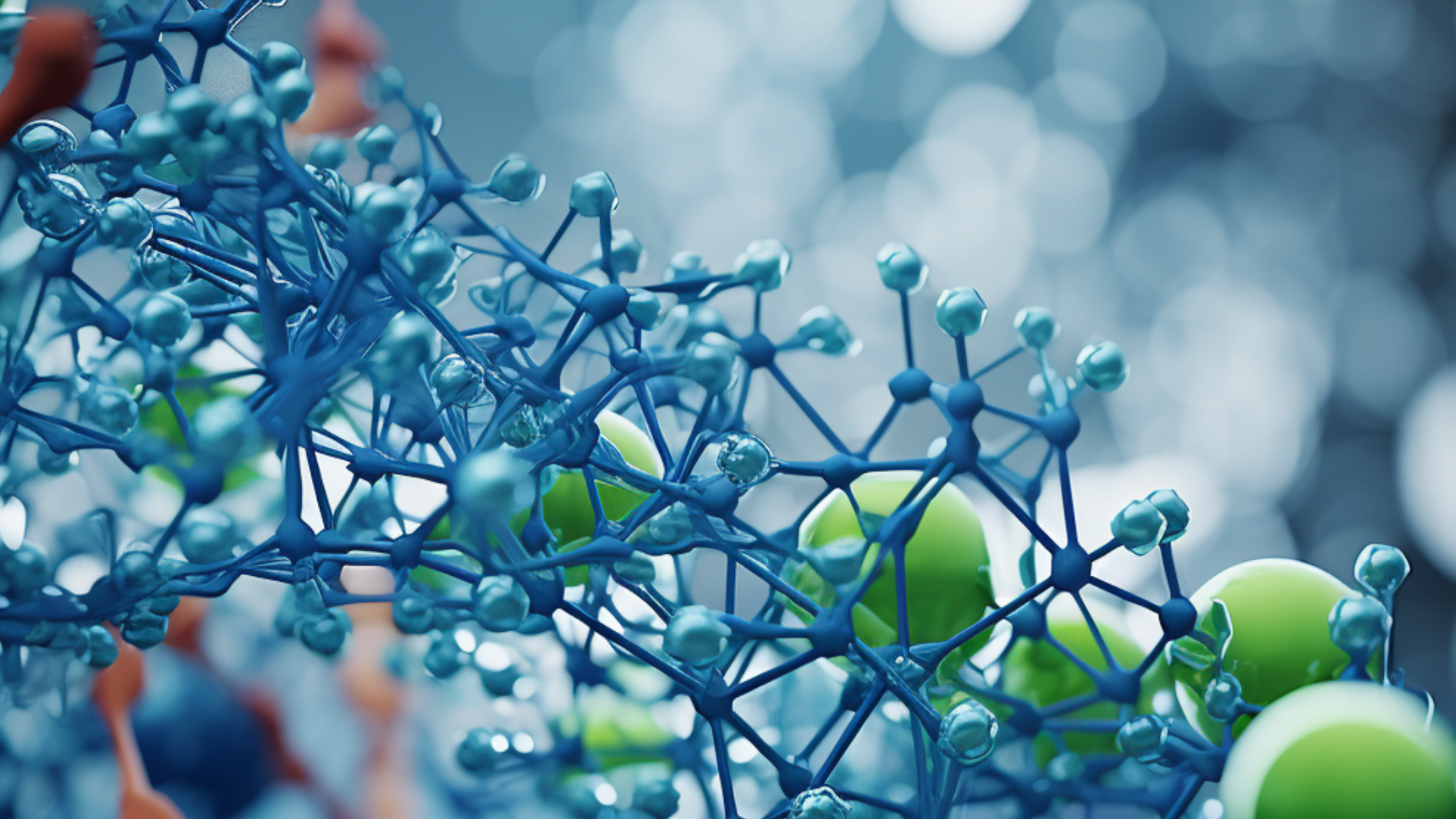Navigating the Complex Landscape of Drug Development: Strategies and Solutions
Drug development is a pivotal component in advancing healthcare, tasked with the creation of medications that can treat various conditions and improve quality of life. However, the journey from conceptualization to market is fraught with complexities, including high failure rates, extensive timelines, and substantial financial investments. This article explores strategies and solutions to navigate these complexities effectively, focusing on innovative approaches and advanced technologies.
Understanding the Complexity
The drug development landscape is characterized by numerous challenges, such as stringent regulatory requirements, unforeseen side effects, and the intricate nature of biological systems1. Understanding drug-protein interactions is crucial, as it provides insights into a drug’s mechanism of action, efficacy, and potential adverse effects, guiding the development of safer and more effective therapeutics2.
Strategies to Navigate Complexity
Advanced Biosensing Technologies:
Employing advanced biosensing technologies is pivotal. These technologies offer real-time insights into drug-protein interactions, enhancing the predictability and efficiency of drug development processes3.
Innovative Drug Discovery Approaches:
Innovative approaches such as computational drug discovery and high-throughput screening are instrumental in identifying potential drug candidates swiftly and accurately, mitigating the risks of late-stage failures4.
Collaborative Research:
Interdisciplinary and collaborative research fosters a holistic understanding of drug development, combining diverse expertise to address the multifaceted challenges inherent in creating new medications5.
Solutions for Effective Drug Development
Real-Time Equilibrium Monitoring:
Real-time equilibrium monitoring, such as that enabled by dISA technology, provides continuous, live-feed information, allowing for accurate predictions about drug performance and optimized development strategies6.
Label-Free Detection Methods:
Label-free detection methods offer significant advantages in studying drug-protein interactions, eliminating the need for labels or tags and providing more authentic and reliable data, crucial for the development of effective drugs7.
Predictive Analysis:
Leveraging predictive analysis tools can provide early insights into a drug’s potential efficacy and safety, enabling informed decision-making and resource allocation throughout the development process8.
Conclusion:
Navigating the intricate landscape of drug development necessitates the adoption of innovative strategies and advanced technologies. By embracing advanced biosensing, innovative discovery approaches, collaborative research, real-time monitoring, label-free detection, and predictive analysis, we can overcome the inherent challenges and expedite the development of effective and safe medications. The exploration and implementation of these solutions are imperative for advancing healthcare and improving patient outcomes.



